In short
Even though its mechanics and overall gameplay loop have aged a bit (let’s not forget the original game is from 2004), Fable Anniversary is a fantastic action RPG game that should show you a good time.
Read the full review for more.
Released on the first Xbox in 2004, Fable is an Action RPG developed by Lionhead Studios. Looking fabulous, and offering many choices and possibilities to the player, the game was fantastic and became a reference to the genre.
In February 2014, Microsoft and Lionhead Studios released a remaster called Fable Anniversary on the Xbox 360 – this is the version I reviewed.
What is it worth so many years later? Is Fable Anniversary worth your time and money? Answer in this review.
—
Conditions of the review
I bought a second-hand copy of the game for €15 at my local game store. I reviewed the game on an Xbox One X, but it offers a very similar experience on the Xbox 360.
—
Let’s begin with what makes Fable such an exciting title: Its mystical and magical world.
Welcome to the magical world of Fable Anniversary
Fable takes us to the magical region of Albion, a place populated with people with dry English humor, many bandits, and a variety of beasts and monsters – from inoffensive beetles to gigantic trolls.
Watch the FIRST HOUR of Fable Anniversary.
An ingenious tutorial
The tutorial of Fable is ingenious.
Not only it helps you to understand the game’s mechanics, but it also gives you the illusion that you’re growing your skills with the main character.
It all starts in Oakvale, or in what seems to be a nice and pleasant village. You play as a nameless child referred to as “the Boy”. This first part of the tutorial introduces the manicheism of the title. In Fable, you can either do good and be perceived as such or misbehave and be perceived as evil. This short introduction is followed by a blood bath, when a group of bandits attacks the village, leaving no survivors behind – except for you, the boy who survived.
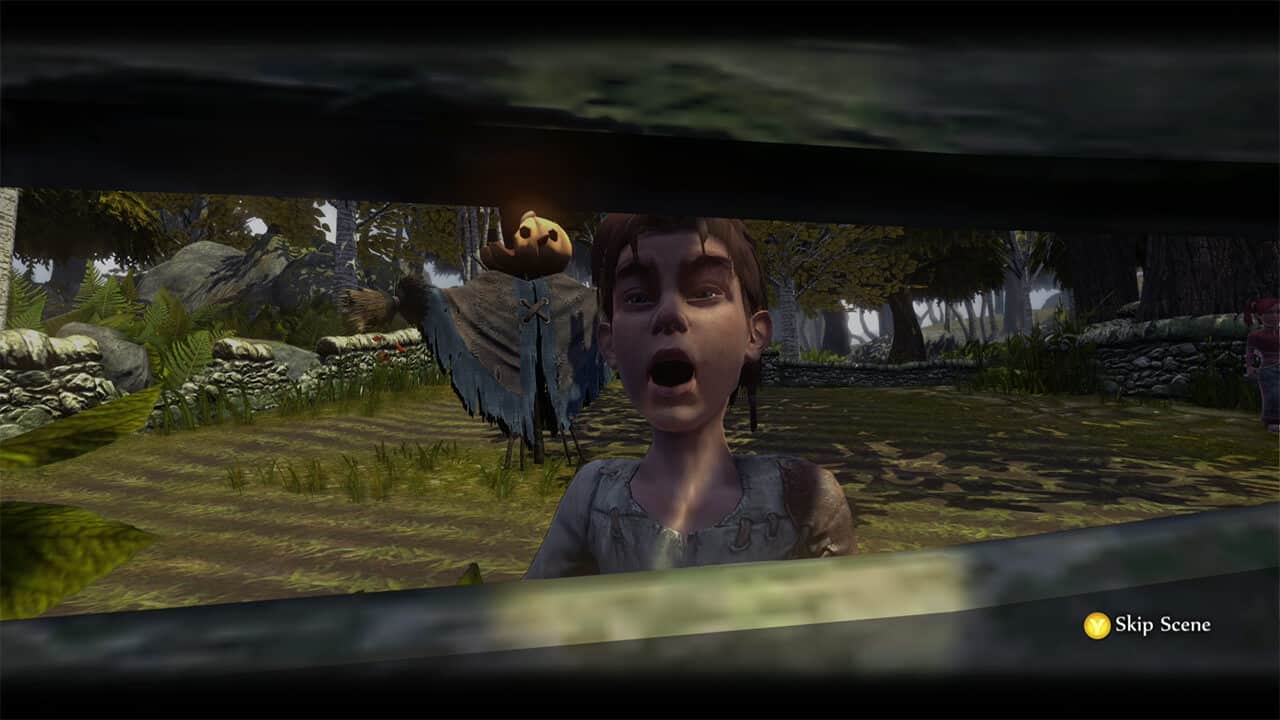
It all starts with a bloodbath – and you’re the last survivor (or, are you?)
The boy is saved by Maze, a member of the Guild of Heroes, and becomes an apprentice. At this stage of the tutorial, you’ll exercise close combat, ranged combat, as well as magic as the boy goes from childhood to adulthood.
—
What I found a bit strange when playing such an open game today is the impossibility of changing our character’s appearance from the start or, at least, selecting his gender. But then again, this is a remaster, not a remake, of a 2004 title.
—
What’s new in Fable Anniversary?
The game sits between a remaster and a remake. It’s not only a polished version of the original title. It improves it a little.
Improved graphics
Let’s start with the most obvious: the game has received a major graphic update.
While the original game engine still runs in the background, the folks at Lionhead Studios used Unreal Engine 3 to give the game the step up it deserved.
I don’t have the original title from 2004 anymore – so here are screenshots I took from a Gamespot comparison to give you a better idea of the work done.
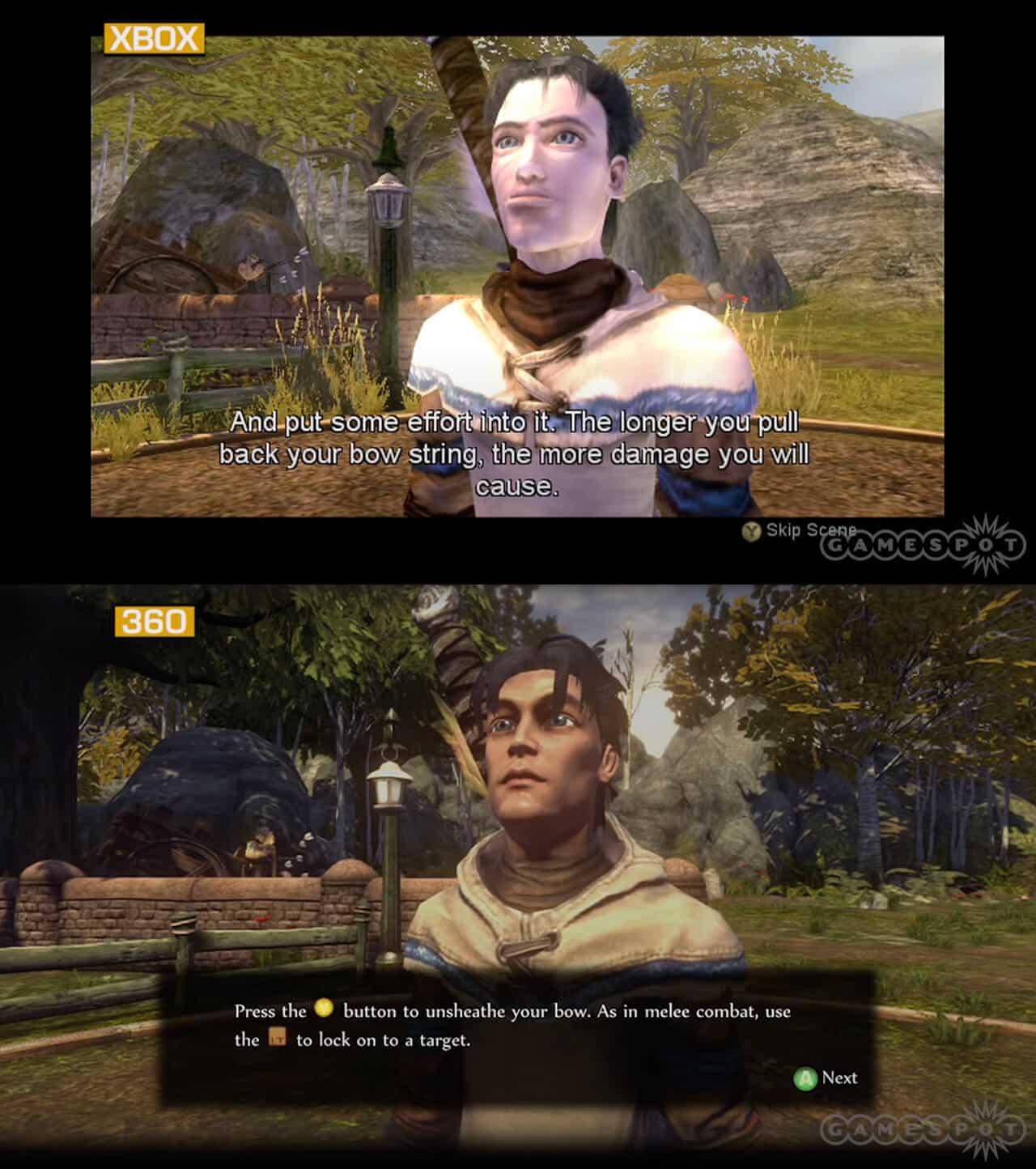
A 4K upgrade for the Xbox One X
If you have an Xbox One X or Xbox Series X, you will be able to enjoy Fable Anniversary in 4K – and that’s pretty nice, mainly because the upscale is instant and free of charge.
A stable framerate(?)
The original game suffered from significant framerate drops, especially during combat. The marketing promise for this remake was a constant 30 FPS.
But what’s the situation, really?
On the Xbox One X, which is supposedly running the most optimized version of the game, I experienced many sudden framerate drops. They weren’t as frequent as in the original title, but we’re very far from a stable 30 FPS.
In other words, don’t expect a super smooth ride on this point.
The Lost Chapters, upgraded
It’s worth mentioning that Fable Anniversary is an improved version of Fable: The Lost Chapters, which was already an update of the original Fable game.
‘The Lost Chapters’ brings a lot of new content, including new monsters, new weapons and items, new sets of armor, and new towns, areas, quests, and expressions to interact with NPCs.
Improved UI
The original game’s UI was not up to today’s standards. Looking at it now, it’s flawed and slow.
Fable Anniversary refreshes the old UI of the original game. The in-game UI is clearer and softer to the eye, and the menus have been completely revisited to make it easier for the player to navigate them.
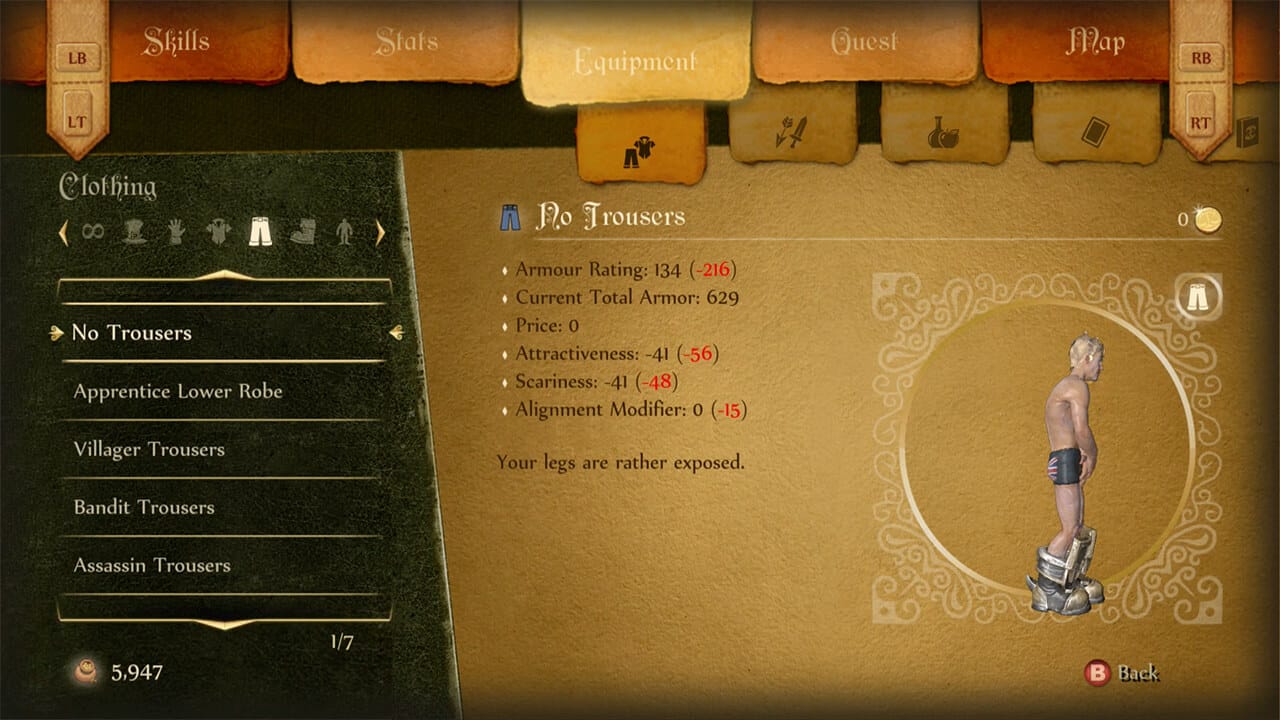
It sure is better than the original UI, but it’s still far from perfect. I found it somewhat confusing to select clothing pieces and equip or upgrade weapons. But that could just be my problem.
A more factual issue? There’s always a long second delay when opening the menu, even on the One X.
It’s not a big deal, but, at the end of the day, the addition of poorly optimized details does affect the overall experience.
Light gameplay updates
Lionhead refreshed the original Fable control scheme, and you can now press X for close combat, Y for ranged combat, and B to use magic. It doesn’t affect the gameplay’s core, but it makes it easier to alternate combat techniques when in the middle of a battle.
Pick your combat style
Speaking of, there are three ways to fight in Fable.
- Close combat: using swords, axes, and hammers.
- Ranged combat: using a bow and arrows
- Magic: using powerful spells to attack enemies, to protect yourself, or to increase the damage caused by your attacks.
While combat is made nicer with the one-button update, the auto-lock isn’t great, and you’ll often be locked on enemies that are either too far or, worse, friendly NPCs.
Manage and upgrade your equipment
This isn’t an addition from Anniversary, but now is a good time to mention how to manage your equipment and items.
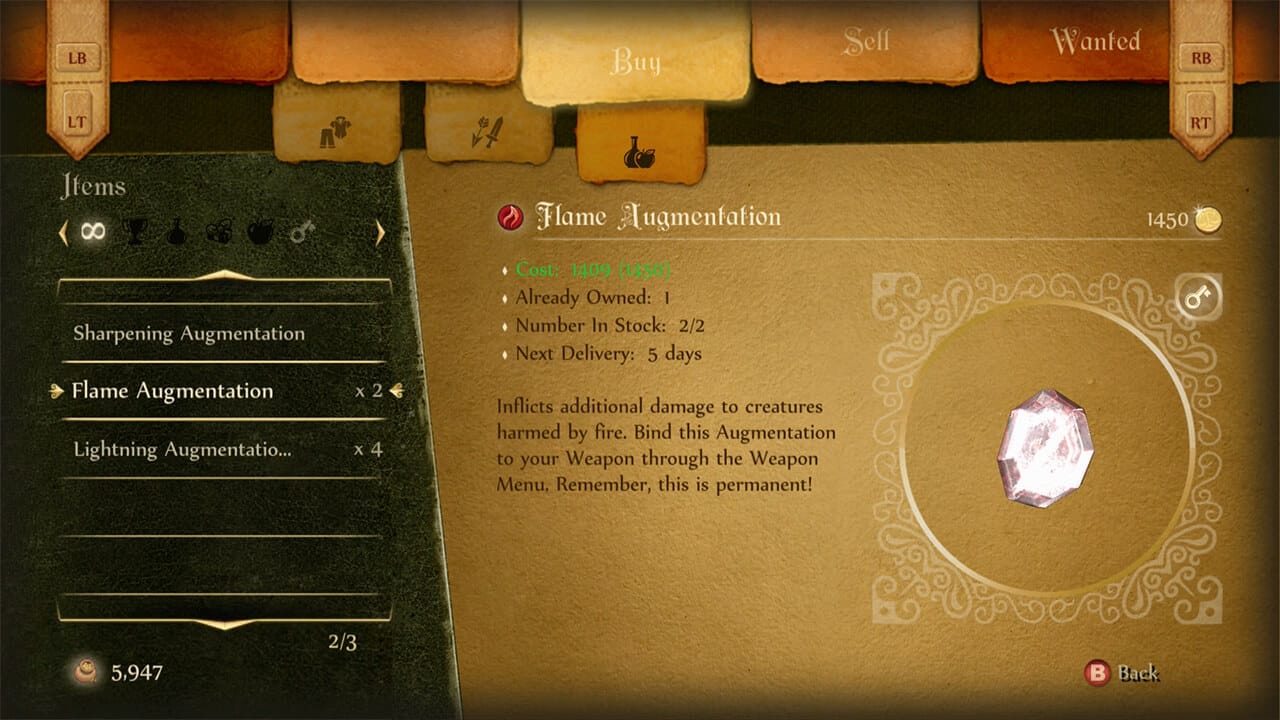
You can find or purchase augmentations to increase the damage caused by your weapons for certain types of enemies.
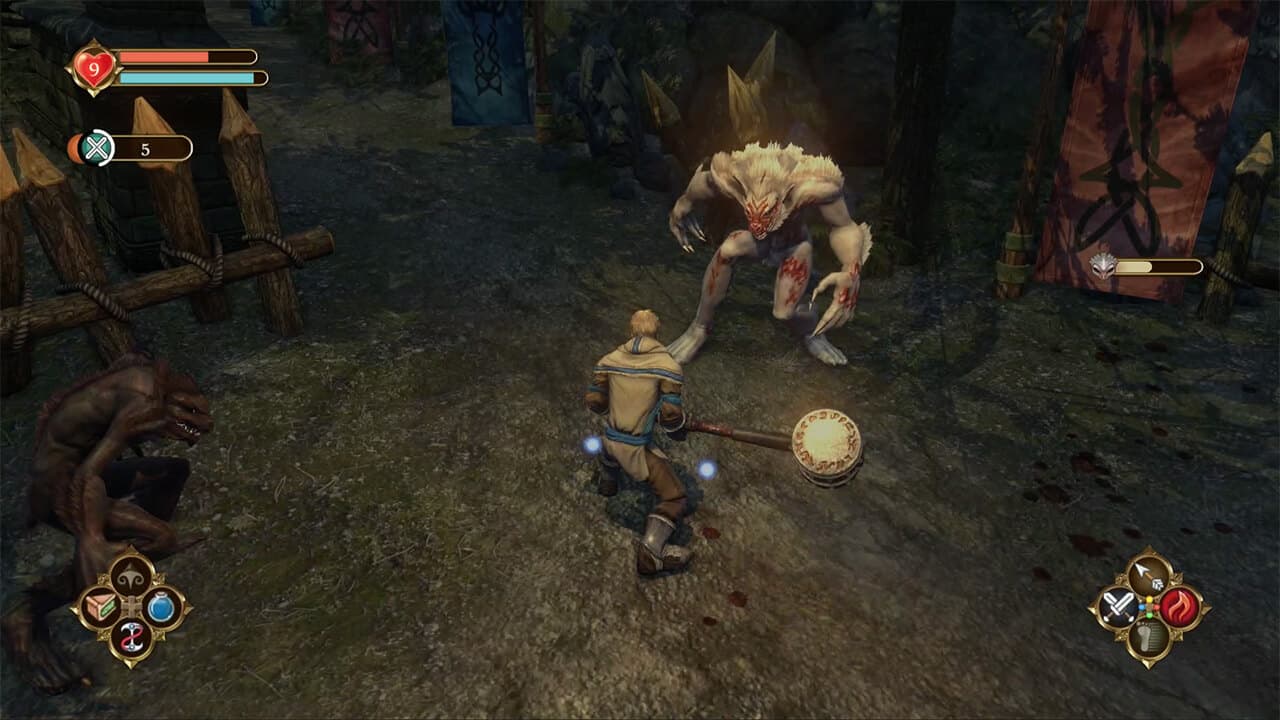
Some enemies – like werewolves – are more vulnerable to specific weapons augmentations.
In Fable, you can equip different armors to protect yourself from all sorts of attacks and edit your appearance.
This last point matters because it doesn’t only affect how YOU perceive your character, but also how NPCs perceive you. Dress as a bandit, and people will be somewhat hostile toward you. Dress as a righteous knight, and you’ll be admired by the local population and by local merchants who might lower their prices for you.
In addition to that, you can get scars when taking heavy damage. Here, no equipment means no protection. And no protection means that you’ll get permanent scars on your exposed body parts. In other words, wear armor!
A classic RPG progression
Fable is an action-adventure role-playing game, which means that you can upgrade your skills as you gain experience when defeating enemies and completing quests.
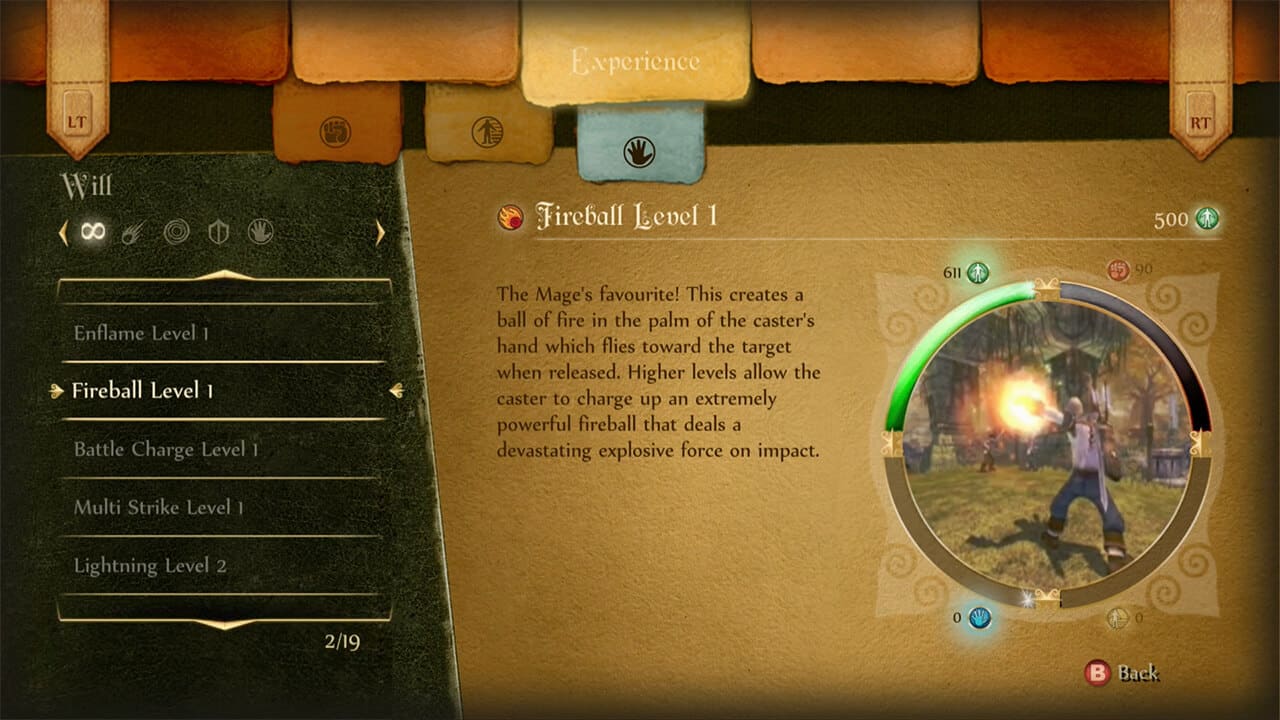
There are 3 areas of skills to upgrade:
- Strength
- Dexterity
- Magic
Each ark contains a bunch of skills to learn or upgrade based on your game style. What’s more, you will earn what I’ll call generic XP, you also gain specific XP based on how you defeat enemies.
If you mostly use magic, you’ll earn extra points to improve your magic skills. If you’re more of a swordmaster, you’ll earn extra XP to improve your strength, life points, and how much damage you can take before you die.
You look old!
As you learn new skills, your character will inevitably grow old.
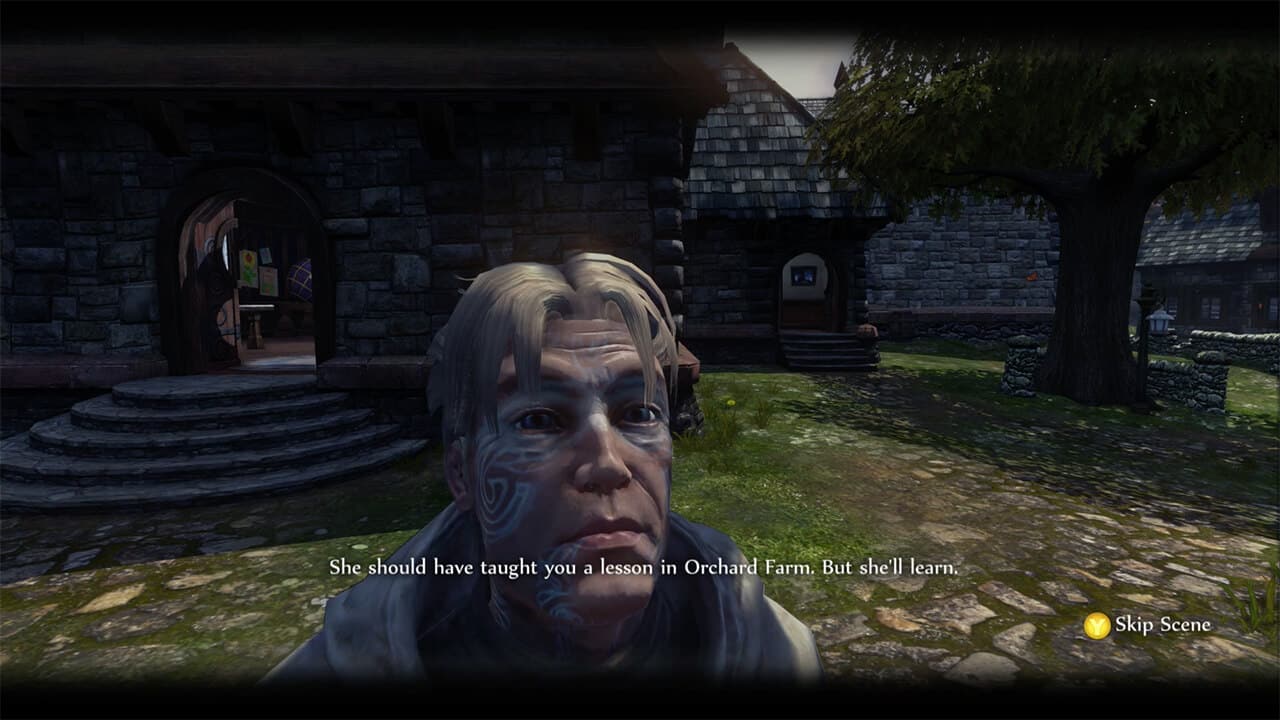
Once you complete the 3-step tutorial, the “boy” is 18. As you upgrade his skills, he will grow older until he reaches the age of 65, grows white hair, and gets wrinkles. According to Fable Fandom, he grows 0.7 years for each skill you upgrade.
Challenge yourself with boasts
When you take on a quest, you can increase your gold earnings by challenging yourself publicly. That includes extra challenges such as:
- Do the quest naked and risk being more vulnerable to attack (and potentially get many new scars).
- Take no damage
- Make sure that no supporting NPC dies during the quest
- etc.
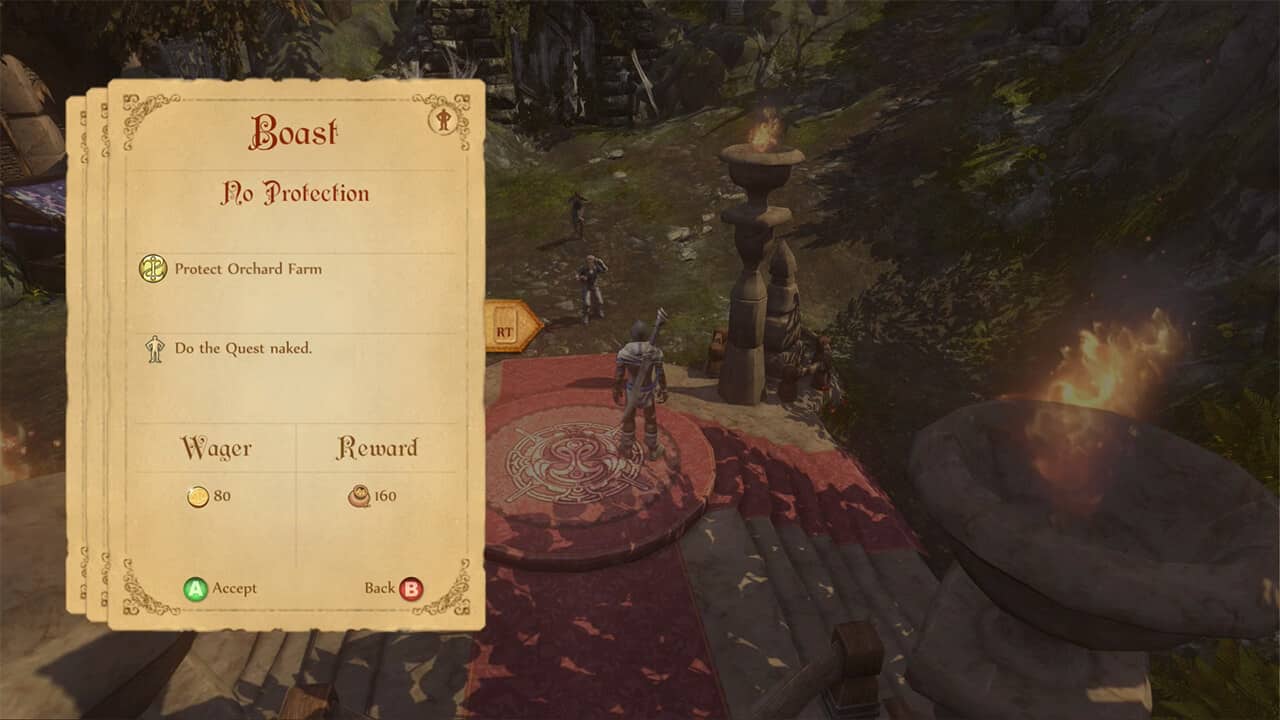
Complete the boasts, and you’ll earn gold and renown. Fail, and you’ll lose a bit of gold as a penalty.
A ton of side quests and challenges
Any good RPG should offer hours of extra quests and challenges. Fable Anniversary does that very well.
A ton of (side) Guild quests
As a member of the Guild of Heroes, you get to complete quests unrelated to the game’s story to gain experience and improve your skills and equipment.
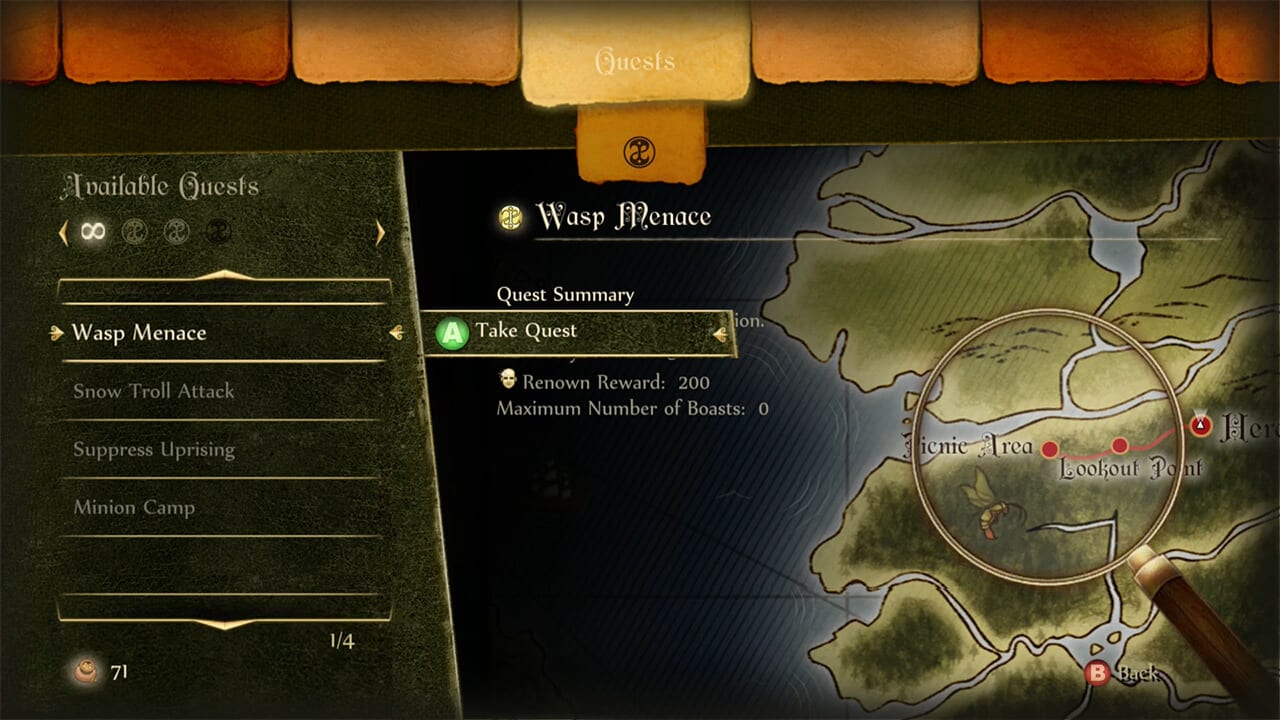
Demon Doors
Demon doors hide high-end treasures (items and weapons) that you can only access if you complete a specific assignment.
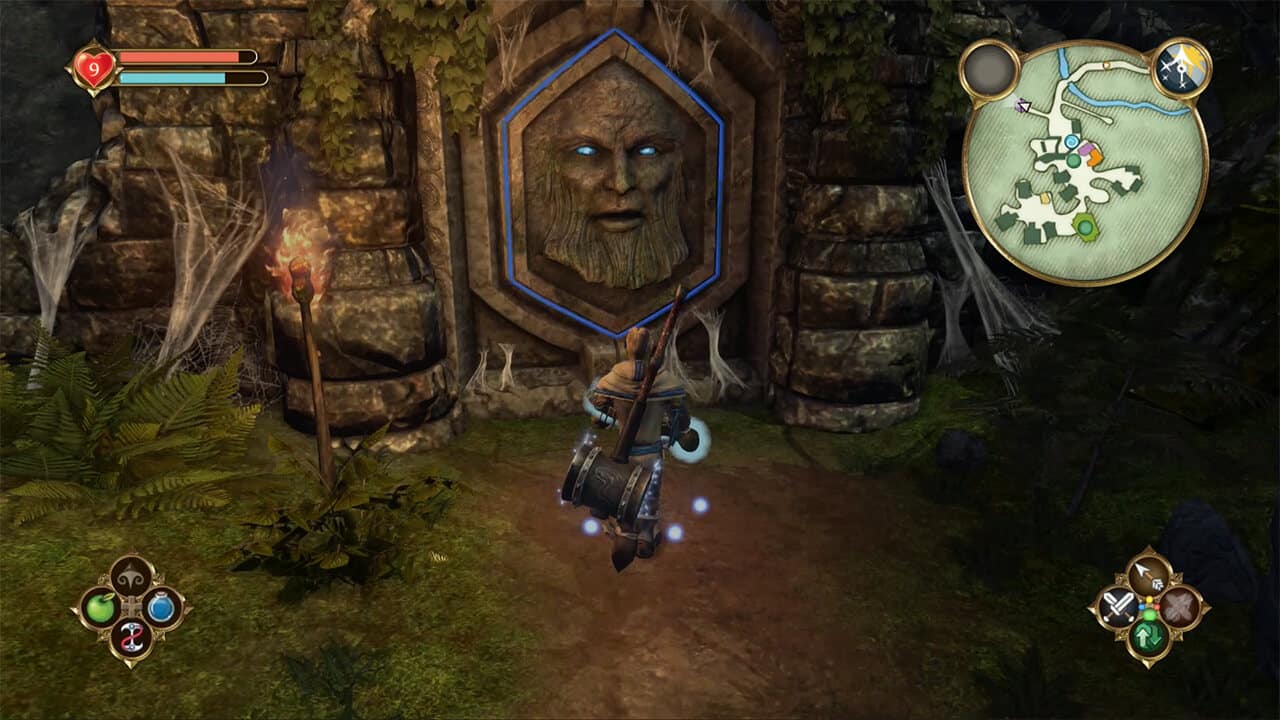
They usually use twisted riddles to explain the assignment, making it extra challenging to understand what they need.
Get married!
Fable allows you to get married. As you complete quests and gain renown, locals (both men and women) will grow interested in you. If you wear nice clothes and look presentable (as in, you went to the hairdresser and don’t wear scary face tattoos), some villagers will fall in love with you.
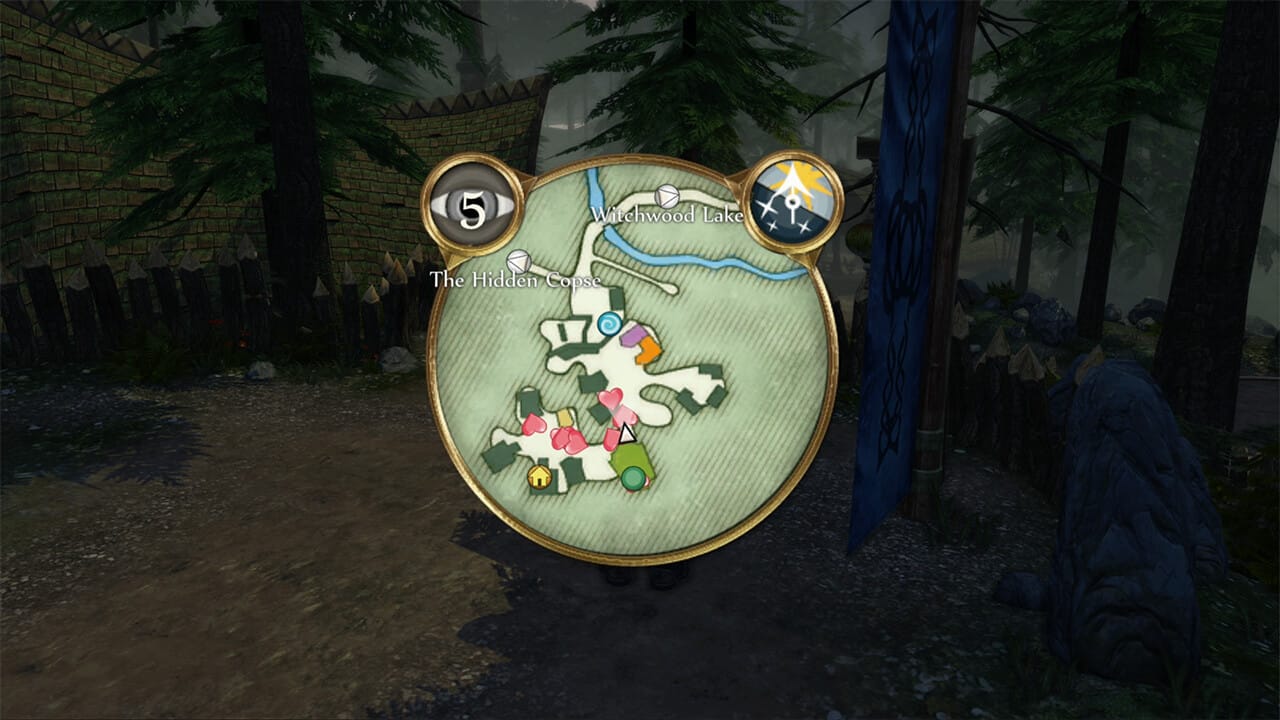
Potential lovers are shown by red hearts on local maps.
To start a relationship and get married, you need to talk to someone, make them laugh, bring them gifts, and, eventually, give them a ring.
Note that the precondition to getting married is to own a house in your lover’s town.
Choose to be good … or evil.
The promise of the game is clear: “For Every Choice, A Consequence.”
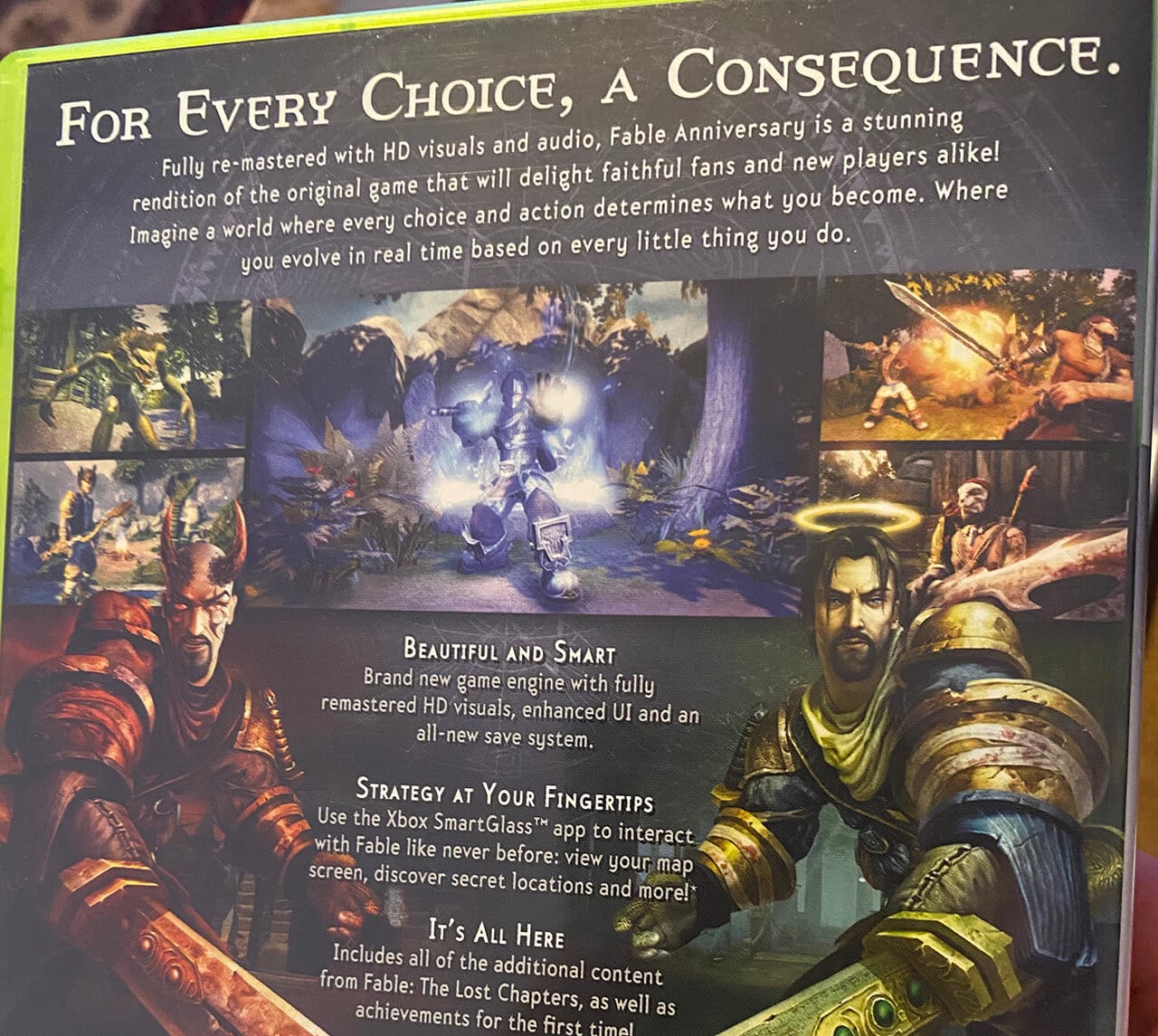
In reality, Fable is very binary.
The whole concept of Fable relies on Manichaeism, and you can either be a good (that’s usually what I try to do) or an evil beast.
What you do and how you do it will affect your renown in Albion. Be good, and people will love you. Be evil, and people will fear you.
Your appearance will also be altered based on your actions (see the picture above).
- Be good, and you’ll ultimately look like a saint (literally)
- Be evil, and the horns on your head will make you look like a demonic creature.
Edit the appearance of your Hero
While you cannot edit your character’s overall appearance, you can go to the barber to change your haircut or see a tattoo artist to get tattooed.
Here again, the hairstyle and tattoos will affect how NPCs perceive you.
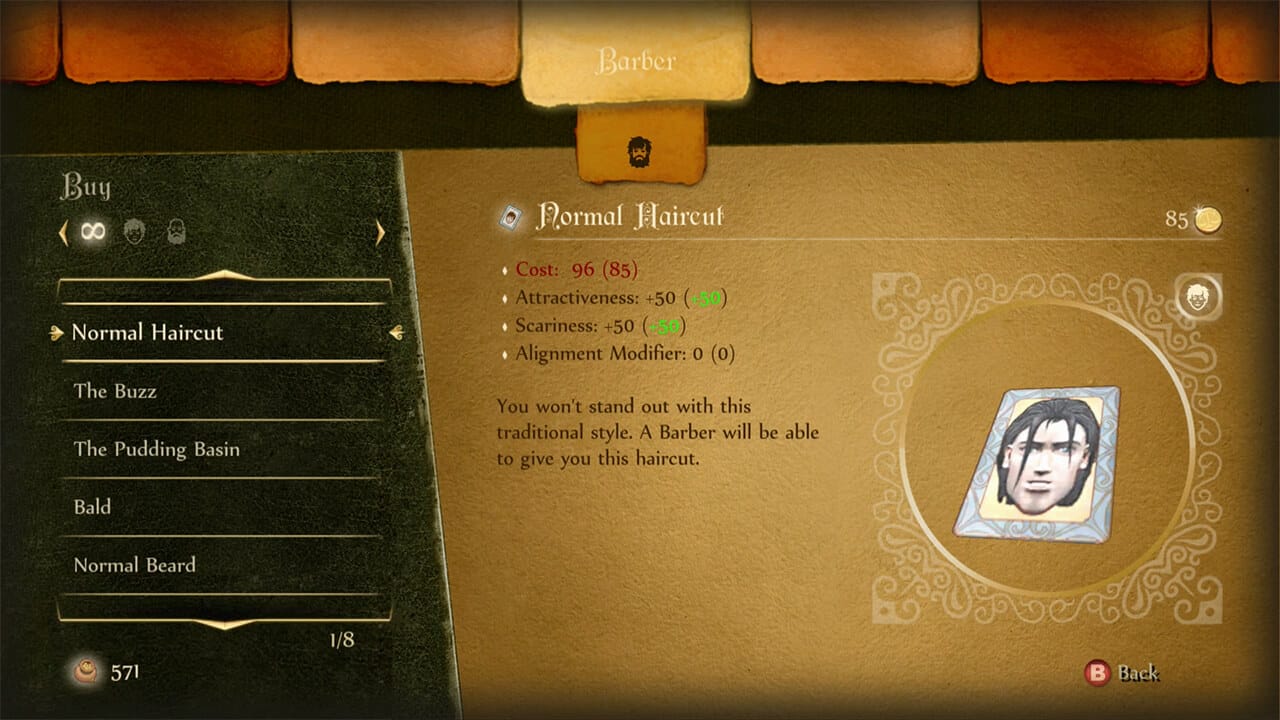
Your alignment (good or bad) can be altered based on your look.
Enchanting music
As you venture into Albion, you’ll be accompanied by enchanting and intriguing music by composer Russell Shaw.
Music is most likely the best thing about my rediscovery of Fable this year. The enchanting tunes fit the game perfectly and contribute to creating a very special atmosphere.
An unequal voice cast
The voice cast, however, isn’t as well fine-tuned.
As much as I appreciate the fun dialogues of the title, I was bothered by how poorly they flow.
This isn’t a big deal for side quests immersion, but it did make it hard for me to embrace the main storyline fully.
The other red flag is the constant repetition of short dialogues from NPCs.
On many occasions, they’ll repeat themselves over and over again until you leave the area.
In comparison, your character remains mute, for the most part.
A mute main character
Other than quick interactions and commands you can address to NPCs to ask them to follow you, the character doesn’t speak – nor is given opportunities to share his thoughts. This can be quite frustrating at times, mostly when being talked down to by bandits and other antagonists.
In the world of Fable, it would have been great to have a chance to work on the main character’s personality through multiple-choice dialogues. This last point shows, in my opinion, that Fable Anniversary should have been a Fable Remake instead of a simple remaster.
Verdict: good buy or goodbye?
Fantastic in 2004, Fable is now a nice adventure game that you’ll enjoy if (and only if) you can forgive evident signs of age such as framerate drops, limited gameplay mechanics, the absence of meaningful dialogues or real consequences to your actions, and the limited personalization of the main character (no gender selection).
If you can find the game under €20, consider Fable Anniversary a catch, especially if you like fantasy worlds and appreciate dry British humor. Over that price, I’d recommend thinking twice before investing in the game.









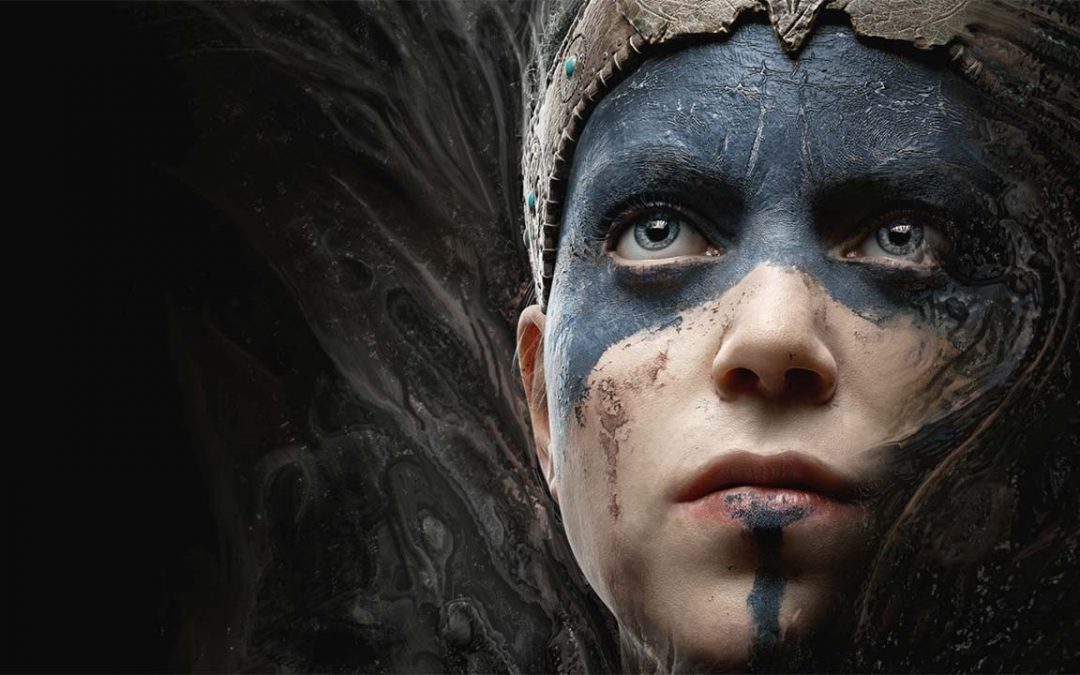

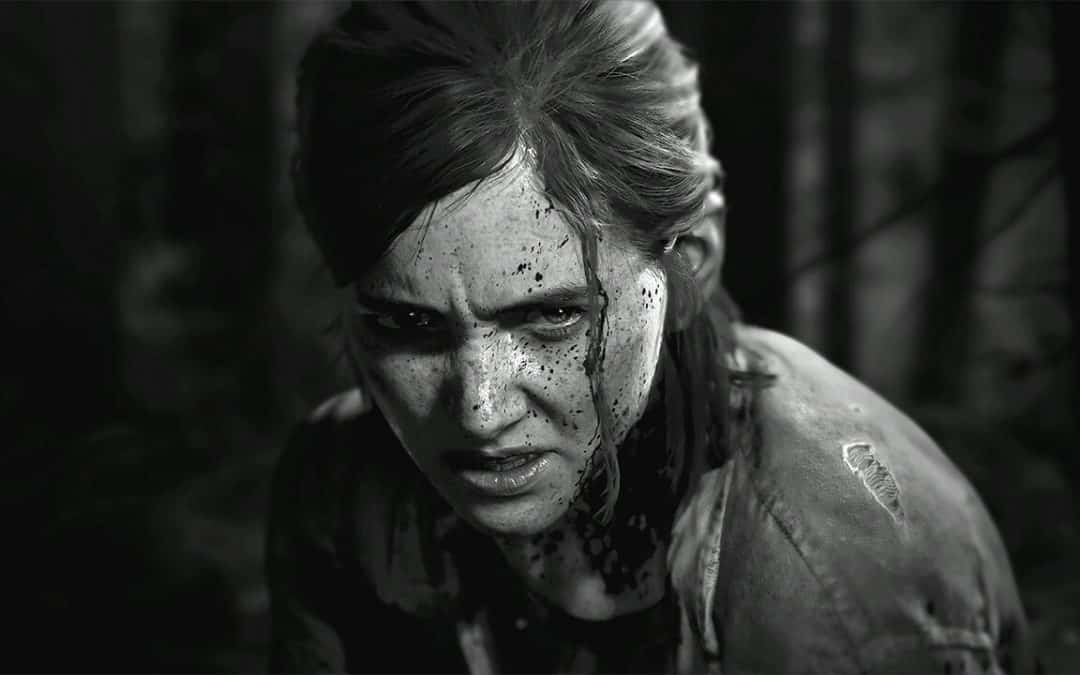
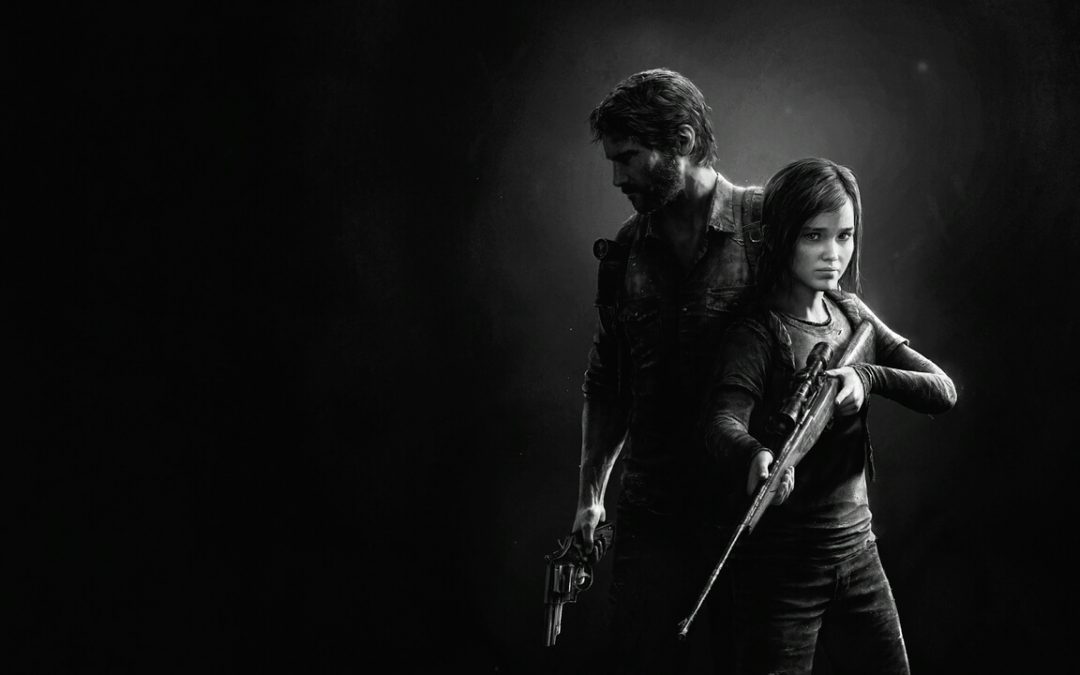
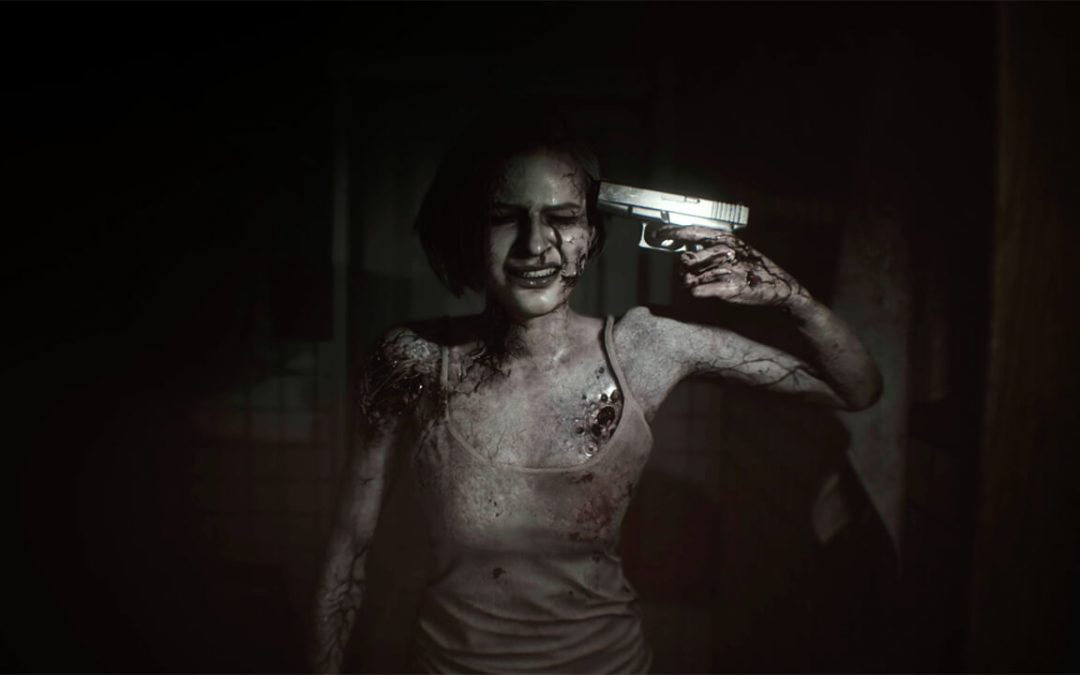
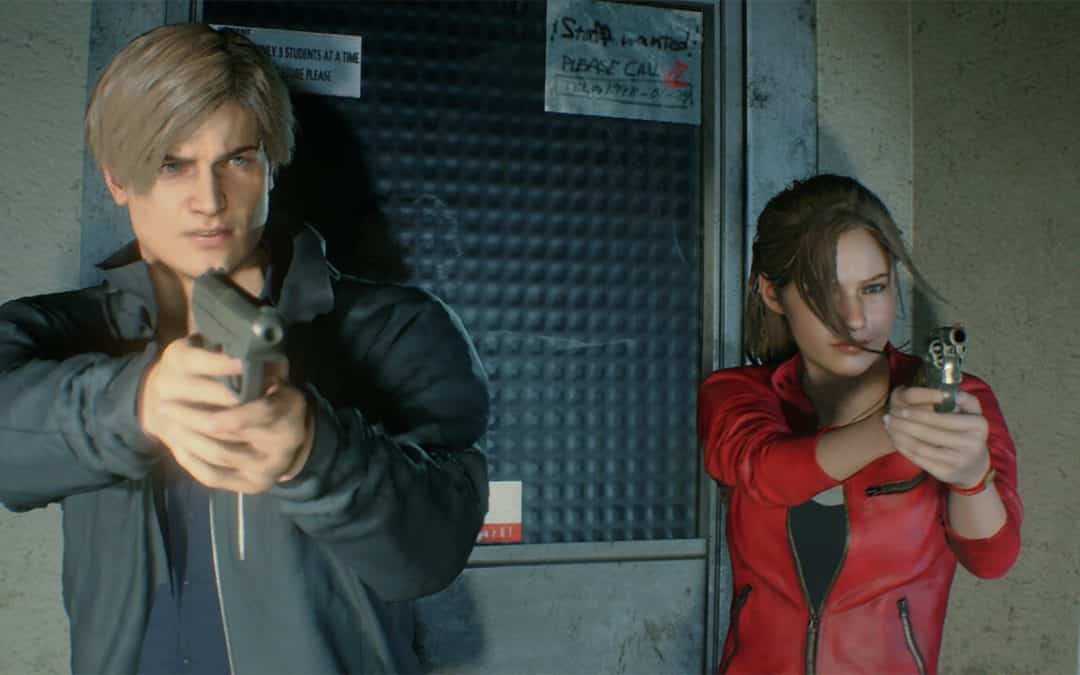


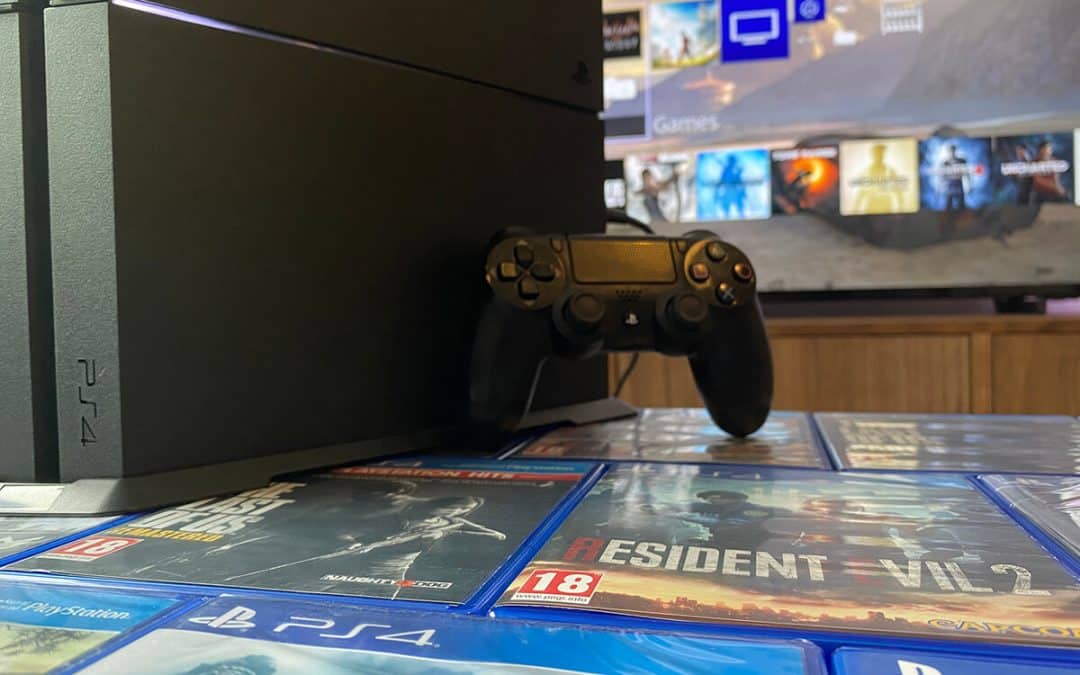


thanks!